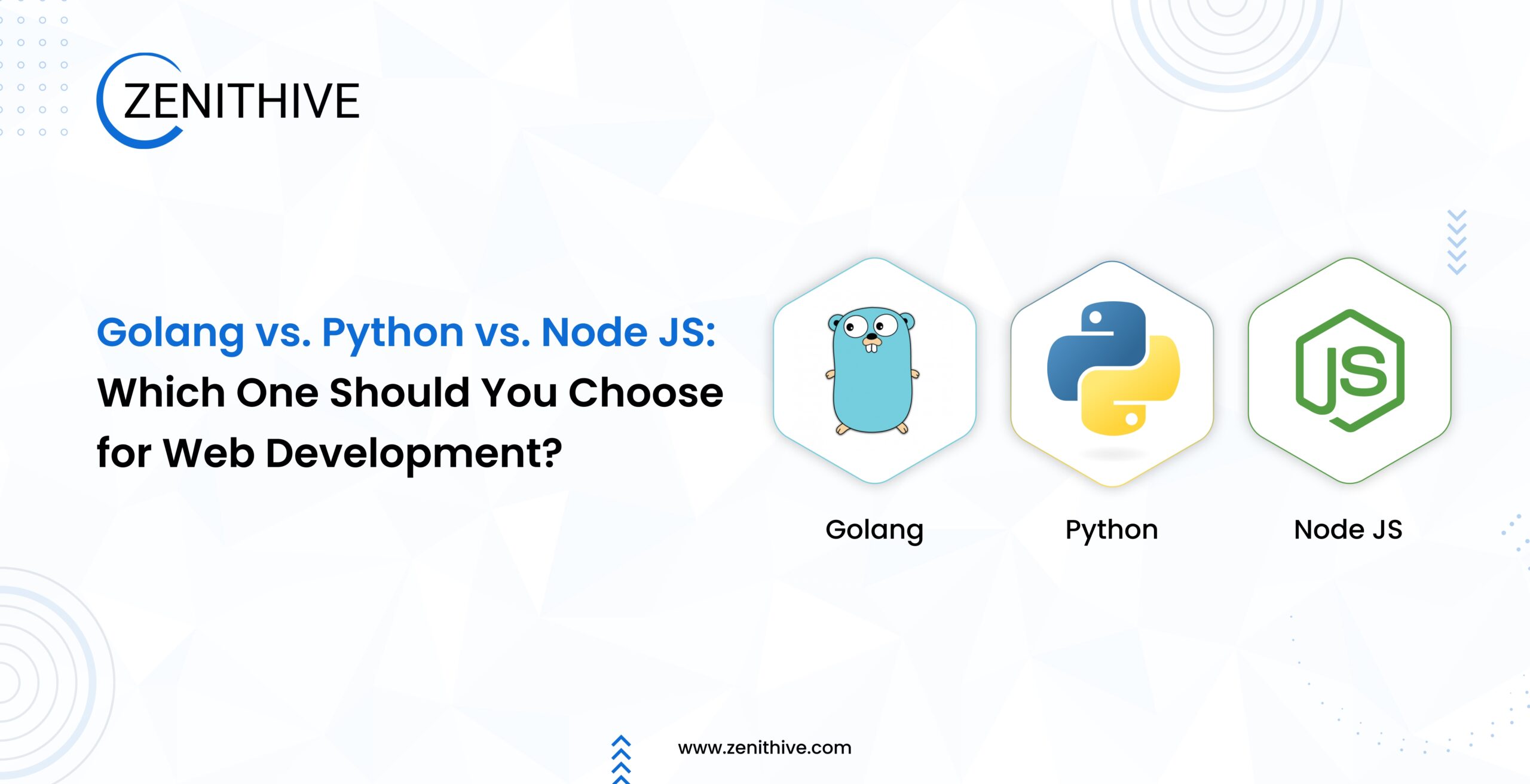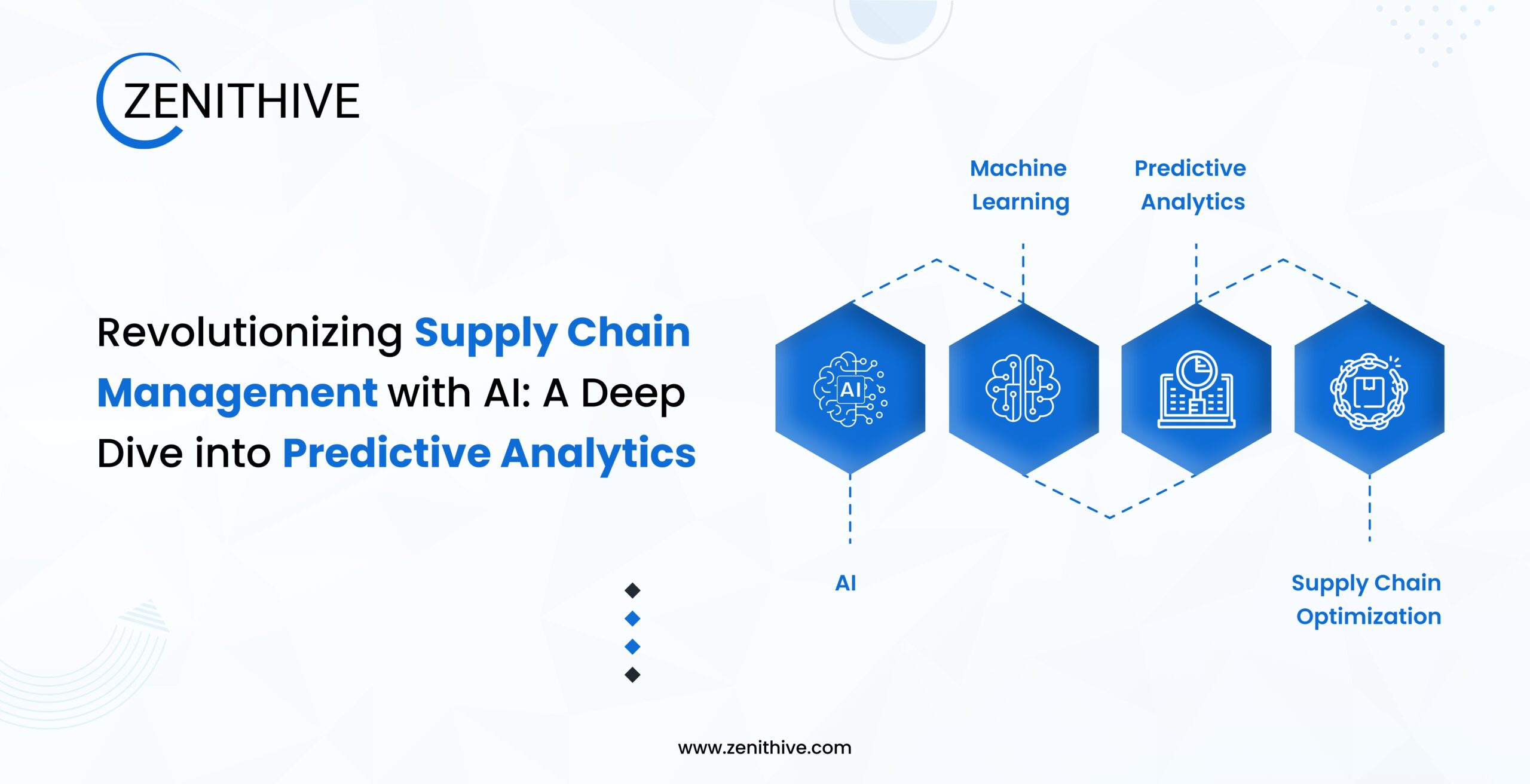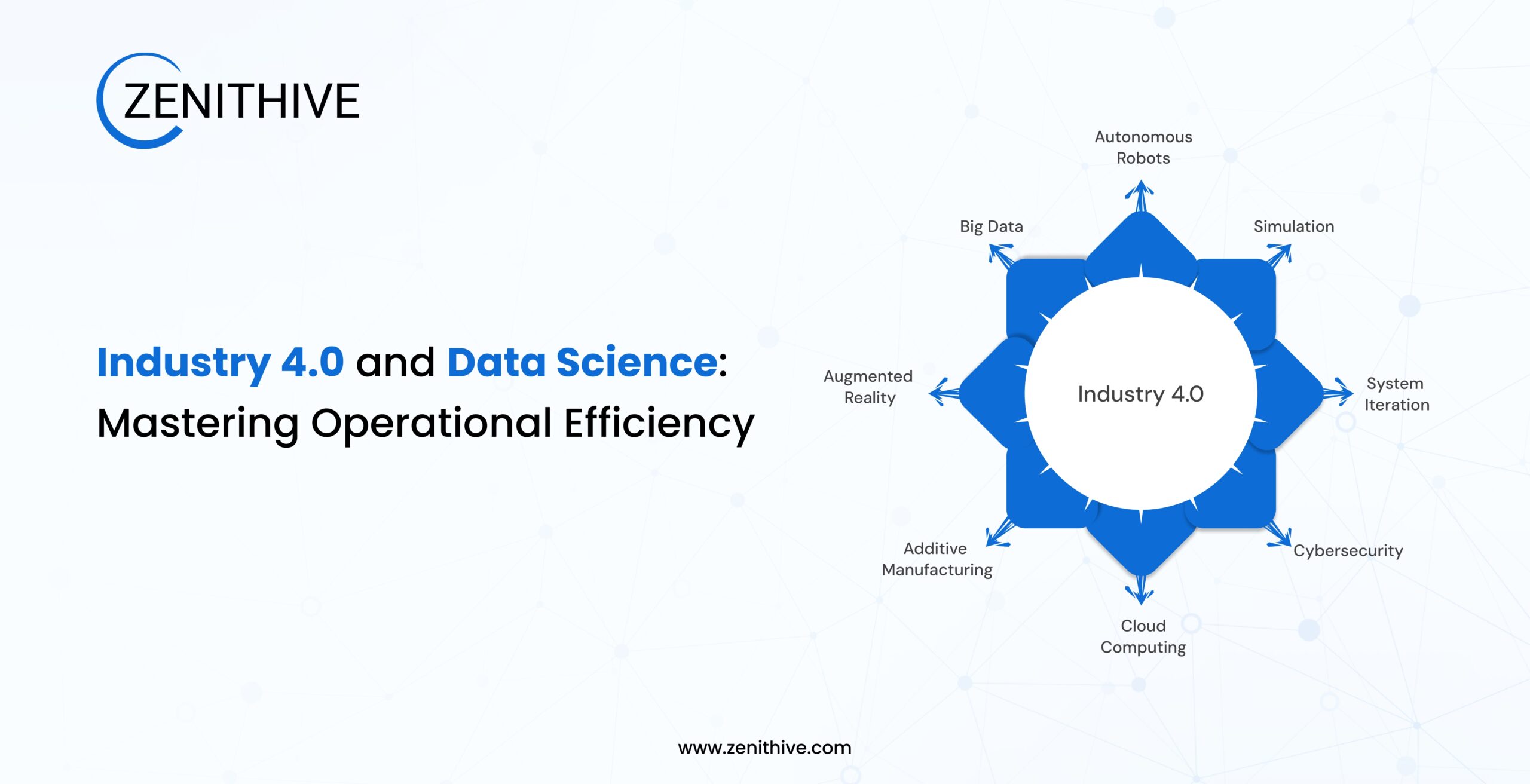Golang vs. Python vs. Node.js: Which One Should You Choose for Web Development?

Golang vs. Python vs. Node.js: Which One Should You Choose for Web Development?
Choosing the right backend technology for your web development project can feel overwhelming. With so many options available, how do you decide which one is best for your needs?
In this blog, we’ll compare three popular choices, Golang, Python, and Node.js, to help you make an informed decision. Let’s dive in.
Overview of Golang, Python, and Node.js
Before we compare, let’s briefly understand each technology:
- Golang (Go): Developed by Google, Go is a statically typed language known for its simplicity, speed, and built-in concurrency support. It’s ideal for building scalable, high-performance applications.
- Python: A versatile, dynamically typed language, Python is loved for its readability and extensive libraries. It’s widely used in web development, data science, AI, and more.
- Node.js: Built on Chrome’s V8 JavaScript engine, Node.js is a runtime environment that allows you to use JavaScript for server-side development. It’s perfect for real-time, event-driven applications.
Each of these technologies has its strengths and weaknesses. Let’s explore them in detail.
Key Factors to Consider When Choosing a Backend Technology
When deciding between Golang, Python, and Node.js, consider the following factors:
- Performance and Speed: How fast does the technology execute tasks?
- Ease of Learning: How quickly can your team get up to speed?
- Scalability: Can the technology handle growing traffic and data?
- Community Support: Are there enough resources, libraries, and frameworks available?
- Real-World Applications: What industries and use cases does the technology excel in?
These factors will help you evaluate which technology aligns best with your project goals.
Golang: Strengths and Weaknesses
Strengths
- Performance: Golang is compiled to machine code, making it one of the fastest backend technologies. Benchmarks show Go outperforming Python and Node.js in CPU-bound tasks.
- Concurrency: Go’s goroutines make it easy to handle thousands of concurrent tasks efficiently. This is why companies like Uber use Go for high-performance systems.
- Simplicity: Go’s syntax is clean and minimal, reducing the chances of errors and making it easier to maintain large codebases.
- Scalability: Go is designed for modern, distributed systems. It’s a top choice for microservices and cloud-native applications.
Weaknesses
- Smaller Ecosystem: While growing, Go’s library ecosystem is still smaller compared to Python and Node.js.
- Learning Curve: Developers accustomed to dynamically typed languages may find Go’s static typing and strict syntax challenging initially.
Real-World Example
Uber migrated parts of its backend to Go to handle geofence lookups more efficiently. The result? A 70% reduction in latency.
Python: Strengths and Weaknesses
Strengths
- Ease of Learning: Python’s syntax is intuitive and beginner-friendly, making it one of the most popular programming languages. According to the 2023 Stack Overflow Developer Survey, Python is the third most loved language.
- Versatility: Python is used in web development (Django, Flask), data science (Pandas, NumPy), AI (TensorFlow, PyTorch), and more.
- Rich Ecosystem: With over 300,000 packages on PyPI, Python has a library for almost everything.
Weaknesses
- Performance: Python’s interpreted nature makes it slower than Go and Node.js for CPU-intensive tasks.
- Global Interpreter Lock (GIL): The GIL can be a bottleneck for multi-threaded applications, limiting performance in certain scenarios.
Real-World Example
Instagram uses Python with Django to handle over 500 million daily active users. Its simplicity and scalability make it a favorite for large-scale applications.
Node.js: Strengths and Weaknesses
Strengths
- Non-Blocking I/O: Node.js excels at handling real-time, event-driven applications like chat apps and gaming platforms.
- JavaScript Everywhere: With Node.js, you can use JavaScript for both frontend and backend development, streamlining the development process.
- Large Ecosystem: npm, Node.js’s package manager, hosts over 2.1 million packages, making it one of the largest ecosystems in the world.
Weaknesses
- Callback Hell: Managing asynchronous code can become complex, leading to callback hell if not handled properly.
- Not Ideal for CPU-Intensive Tasks: Node.js performs poorly for tasks that require heavy computation.
Real-World Example
Netflix uses Node.js to handle over 200 million subscribers. Its non-blocking architecture helps deliver content faster and improve user experience.
Side-by-Side Comparison
Here’s a quick comparison of Golang, Python, and Node.js:
| Feature | Golang | Python | Node.js |
|---|---|---|---|
| Performance | High | Moderate | High (for I/O tasks) |
| Learning Curve | Moderate | Easy | Moderate |
| Scalability | Excellent | Good | Excellent |
| Ecosystem | Growing | Extensive | Largest (npm) |
| Best For | Microservices, APIs | Web apps, AI, Data | Real-time apps |
How to Choose the Right Technology for Your Project
The best choice depends on your project’s specific needs. Here’s a quick guide:
- Choose Golang if:
- You need high performance and low latency.
- Your project involves heavy concurrency or microservices.
- Example: Building a high-frequency trading platform.
- Choose Python if:
- You prioritize rapid development and ease of use.
- Your project involves data processing, AI, or machine learning.
- Example: Developing a data analytics dashboard.
- Choose Node.js if:
- You’re building real-time applications like chat apps or streaming platforms.
- Your team is already proficient in JavaScript.
- Example: Creating a live collaboration tool.
Ask yourself:
- What are your performance requirements?
- How experienced is your team?
- Do you need real-time capabilities or heavy data processing?
Real-World Case Studies
- Uber and Golang: Uber migrated its geofence lookup system to Go, reducing latency by 70% and improving overall performance.
- Instagram and Python: Instagram uses Python with Django to handle over 500 million daily active users, proving its scalability.
- Netflix and Node.js: Netflix leverages Node.js to serve over 200 million subscribers, ensuring fast and seamless content delivery.
Final Thoughts
Choosing between Golang, Python, and Node.js depends on your project’s unique requirements. Golang offers speed and concurrency, Python provides versatility and ease of use, and Node.js excels in real-time applications. Evaluate your needs, experiment with each technology, and choose the one that aligns best with your goals.
Choosing the right backend technology depends on your project’s needs. If you’re still unsure, our team at Zenithive can help you make an informed decision based on your specific requirements.
Get in touch with us today to discuss your project and find the best tech stack for your web development needs!












